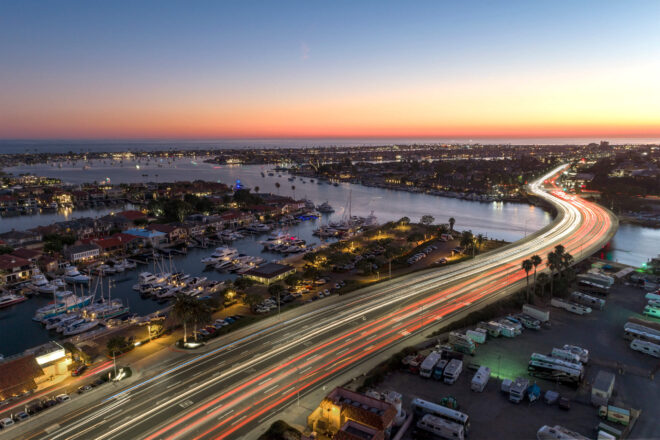How Do I Create Long-exposure Shots With A Drone?
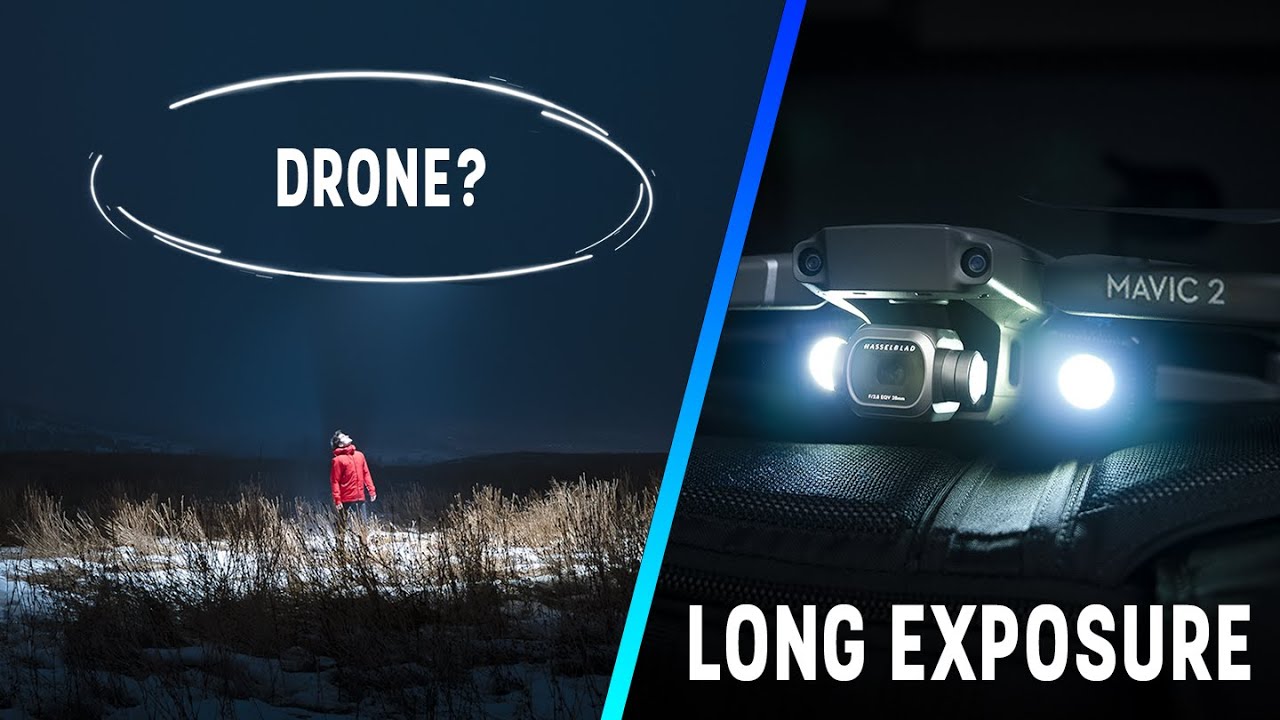
This image is property of i.ytimg.com.
Introduction: Understanding Long-exposure Photography
Have you ever seen those stunning photos of light trails, smooth flowing water, or starry night skies that seem to defy reality? Chances are, these images were created using the long-exposure photography technique. Whether you’re a professional photographer looking to take your aerial shots to the next level or a hobbyist wanting to experiment with new creative techniques, using a drone for long-exposure photography can produce breathtaking results.
What You Need to Get Started
Before you can start capturing long-exposure shots with your drone, there are a few essential items you’ll need to have in your photography arsenal:
-
Drone: Make sure you have a reliable drone with a camera that supports long-exposure settings. Drones like the DJI Mavic 2 Pro or the Phantom 4 Pro are popular choices among photographers for their high-quality cameras and advanced features.
-
Remote Control: A dedicated remote control for your drone is essential for precise control and stability during long-exposure shots.
-
Camera Settings: Familiarize yourself with your drone’s camera settings and capabilities, particularly the shutter speed and ISO settings which play a crucial role in capturing long-exposure shots.
-
Additional Accessories: Consider investing in ND (Neutral Density) filters to reduce the amount of light entering the camera lens, allowing you to achieve longer exposure times without overexposure.
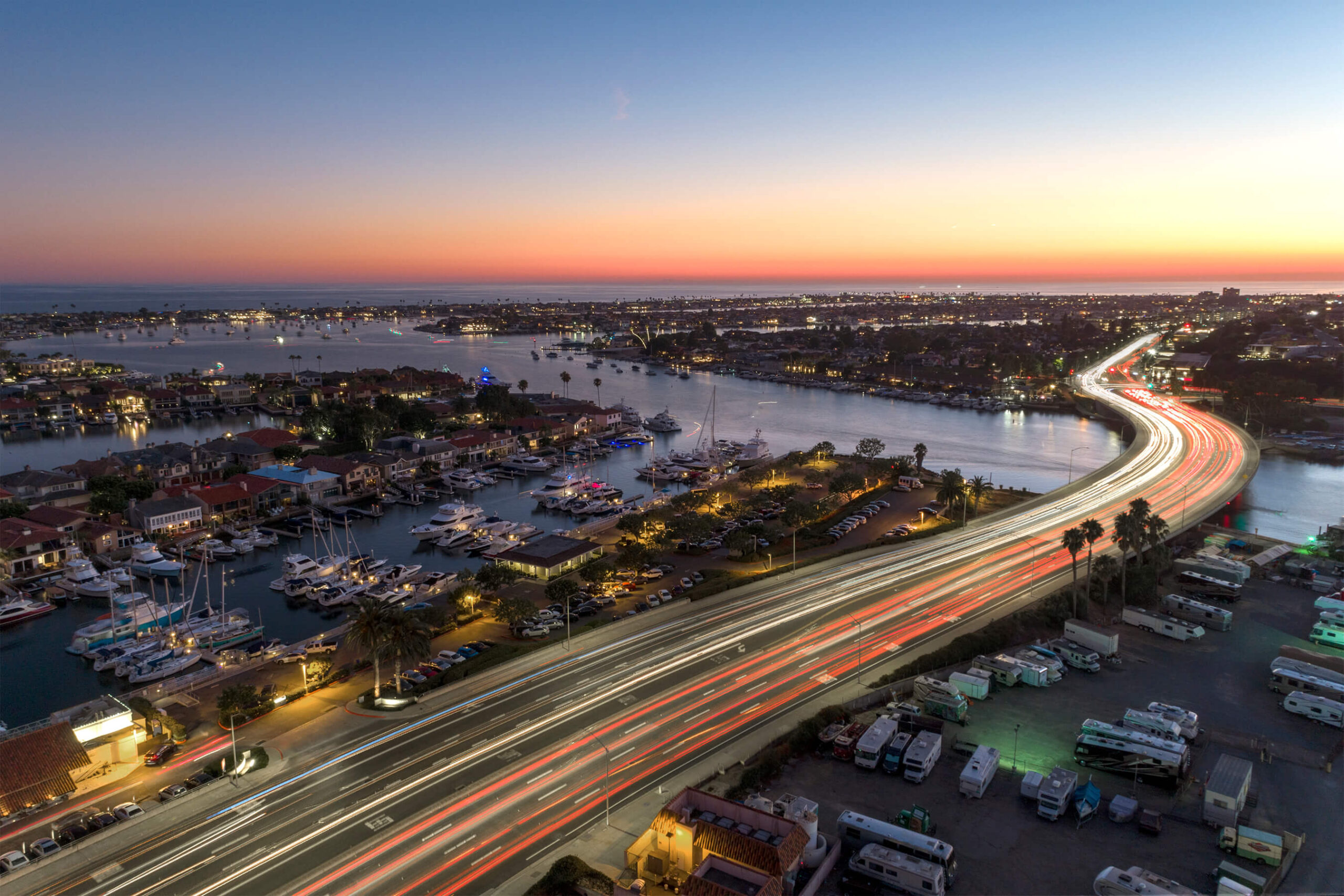
This image is property of bc3photo.com.
Choosing the Right Location and Timing
When it comes to long-exposure photography with a drone, the location and timing of your shoot are key factors that can make or break your shots:
-
Scout Your Location: Look for interesting subjects or landscapes that would benefit from the long-exposure effect. Consider factors like lighting, composition, and potential obstacles that could affect your drone’s flight path.
-
Golden Hour: The best times to capture stunning long-exposure shots are during the golden hours – sunrise and sunset. The warm, soft light during these times can enhance the mood and atmosphere of your photos.
-
Weather Conditions: Pay attention to weather conditions such as wind speed, cloud cover, and humidity, as these factors can impact the stability of your drone and the quality of your shots.
Setting Up Your Drone for Long-exposure Shots
Now that you’ve selected your location and planned your shoot, it’s time to set up your drone for long-exposure photography. Follow these steps to optimize your drone’s camera settings for capturing stunning long-exposure shots:
-
Adjust Shutter Speed: Increase the shutter speed on your drone’s camera to several seconds or more to allow for a longer exposure time. This will create the desired light trails or motion blur effect in your photos.
-
ISO Settings: Keep your drone’s ISO settings low to minimize noise and ensure clean, sharp images. Experiment with different ISO levels to find the right balance between exposure and image quality.
-
Use Manual Mode: Switch your drone’s camera to manual mode to have full control over the exposure settings, including aperture, shutter speed, and ISO.
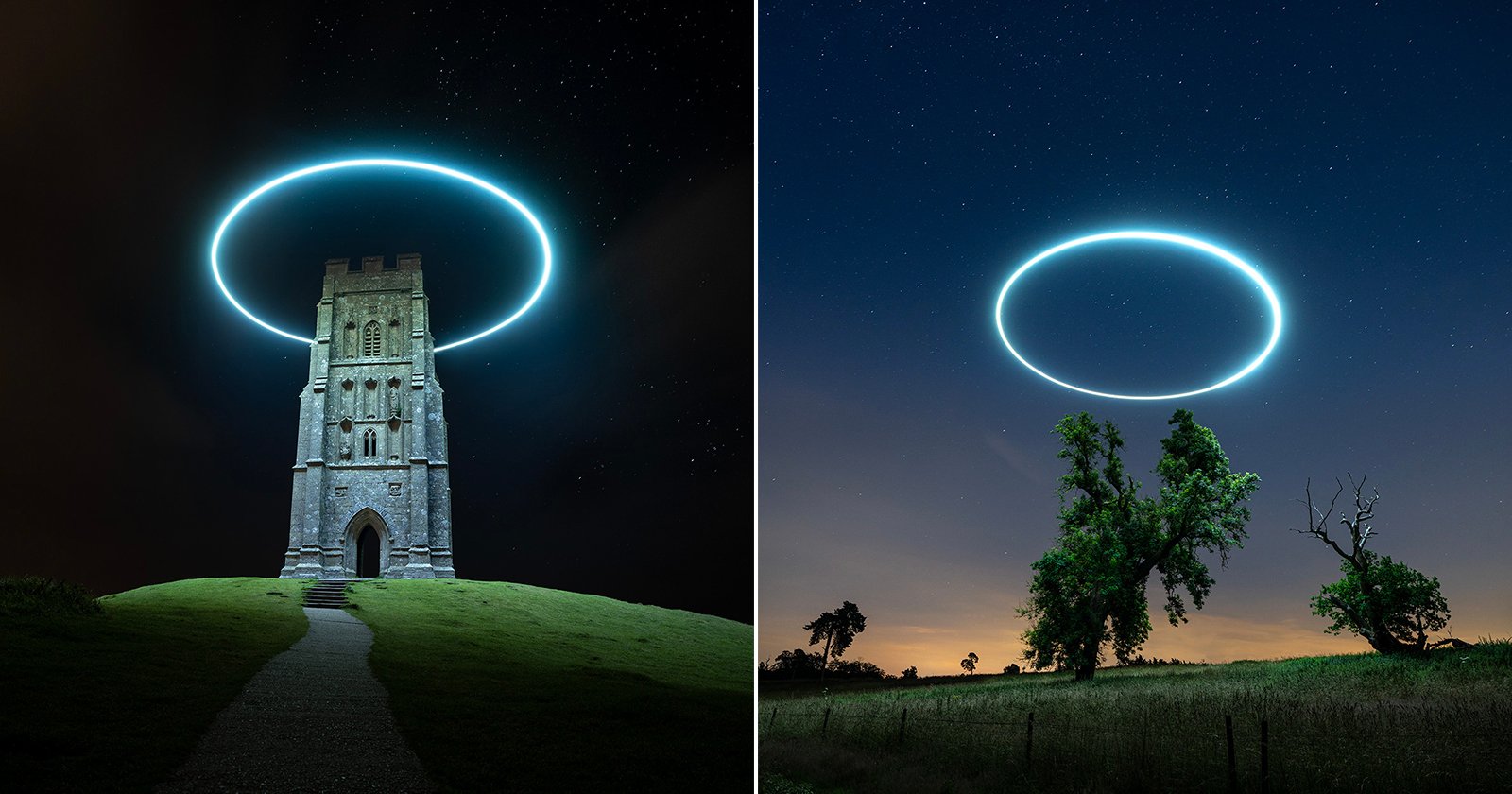
This image is property of petapixel.com.
Tips for Capturing Dynamic Long-exposure Shots
Capturing stunning long-exposure shots with a drone requires patience, skill, and a keen eye for composition. Here are some tips to help you achieve the best results:
-
Experiment with Different Angles: Get creative with your drone’s perspective and explore different angles and heights to capture unique and visually striking long-exposure shots.
-
Utilize Leading Lines: Incorporate leading lines in your composition to guide the viewer’s eye through the image and create a sense of depth and movement.
-
Stabilize Your Drone: Use a tripod or a stable surface to keep your drone steady during long-exposure shots, especially in windy conditions. This will help prevent blurred images and ensure sharp, clear results.
-
Post-processing: Once you’ve captured your long-exposure shots, experiment with post-processing techniques such as adjusting exposure, contrast, and colors to enhance the visual impact of your photos.
Safety Considerations for Drone Photography
When using a drone for long-exposure photography, it’s important to prioritize safety and adhere to local regulations to avoid accidents and legal issues:
-
Fly Responsibly: Always fly your drone in a safe and responsible manner, following local laws and regulations regarding drone flight, privacy, and airspace restrictions.
-
Keep Your Drone in Sight: Maintain visual contact with your drone at all times to prevent collisions with obstacles, other aircraft, or people.
-
Check Weather Conditions: Monitor weather conditions before flying your drone to avoid flying in adverse conditions that could compromise the safety of your equipment and those around you.
-
Respect Privacy: Be mindful of your surroundings and respect the privacy of others when capturing long-exposure shots with your drone. Avoid flying over restricted areas or private property without permission.
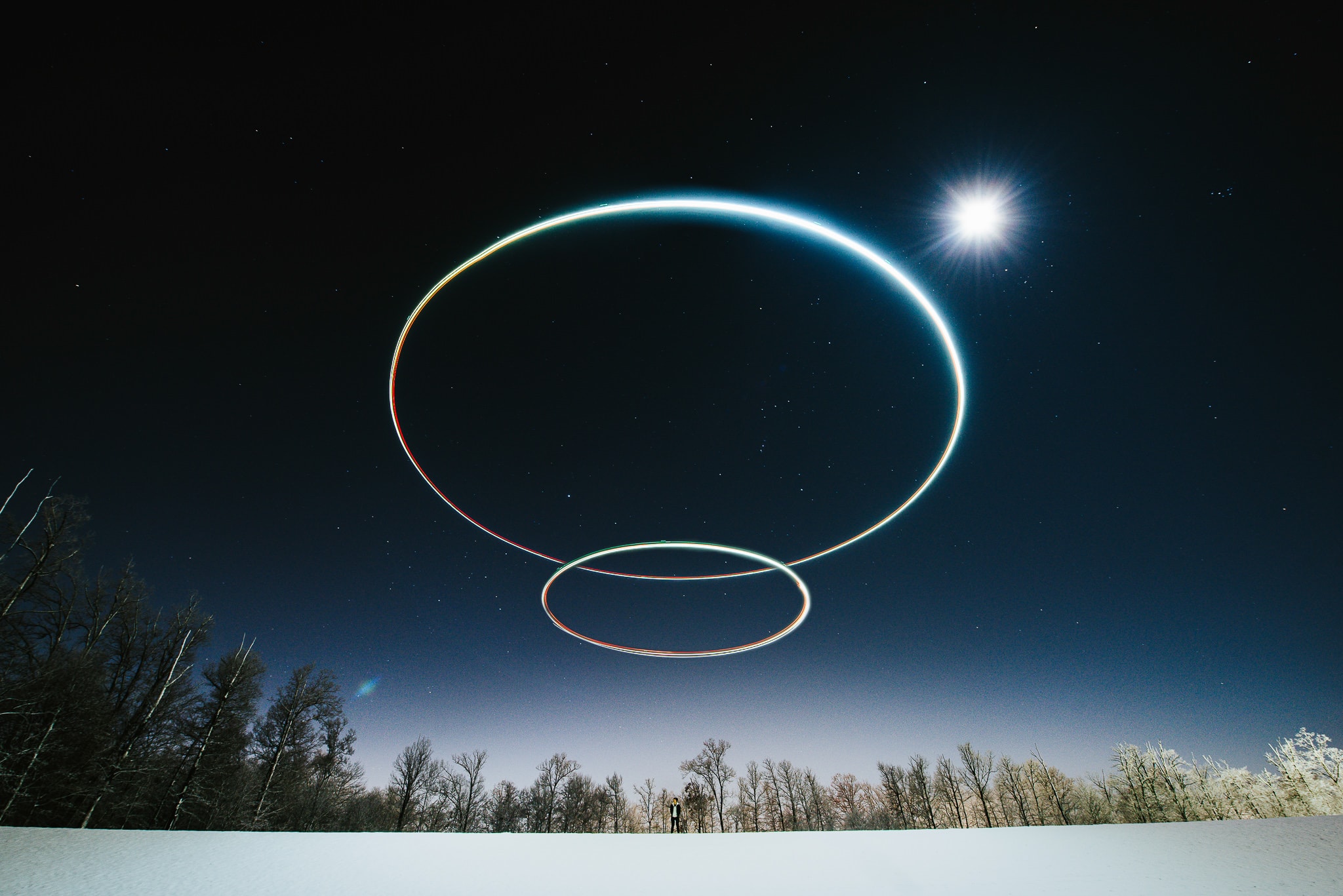
This image is property of justinkunimoto.com.
Conclusion: Elevate Your Photography with Long-exposure Drone Shots
In conclusion, creating long-exposure shots with a drone can elevate your photography to new heights and unlock creative possibilities that were once only possible with traditional cameras. By following these tips and techniques, you can capture stunning, dynamic images that showcase the beauty of light, motion, and time in a whole new way. So grab your drone, head to a picturesque location, and start experimenting with long-exposure photography to create breathtaking aerial shots that will leave viewers in awe.

